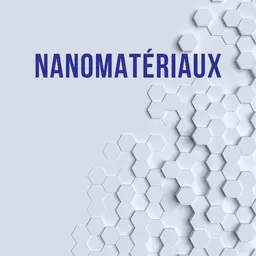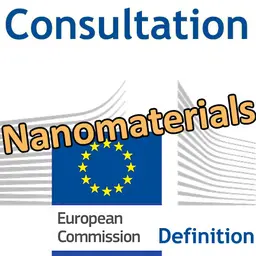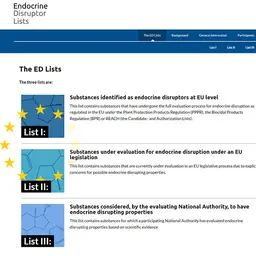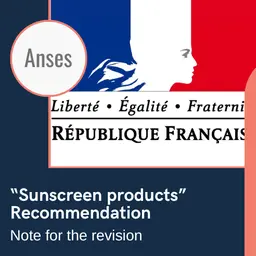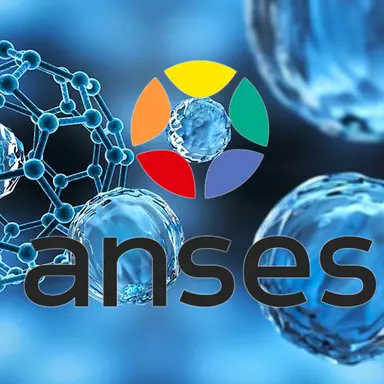
In its response to the European Commission’s consultation on the definition of a nanomaterial, ANSES calls for not excluding from this definition certain nanomaterials that could nevertheless be problematic for human health and the environment. For the Agency, this definition must be “as inclusive as possible and define nanomaterials in a unique way based on physicochemical criteria.”
ANSES Communiqué
In the European Union, the definition of nanomaterials varies across sectors. The European Commission has launched a public consultation to review the definition of nanomaterials with a view to possible harmonization. In its response, ANSES calls for not excluding from this definition some nanomaterials that could be problematic for human health and the environment.
Used in the composition of a wide variety of everyday products - food, cosmetics, drugs, etc. - nanomaterials raise many questions about the risks that their presence may generate, both for human health and for the environment.
Today, the European Union defines nanomaterials as materials whose size or structure includes at least one of its three dimensions between approximately 1 and 100 nanometers. In fact, this definition can vary depending on the sector of activity. For example, the same material will not be considered as nano in foodstuffs while it will be identified as such in cosmetics.
In anticipation of a possible revision, the European Commission launched a public consultation from May 6 to June 30, 2021 on the interest of revising the terms of the definition and considering variations or even harmonization in the various sectors of activity.
In its response to the …

